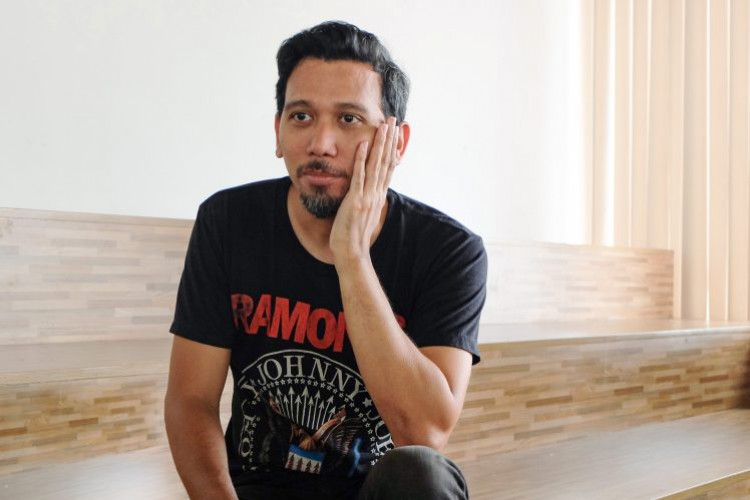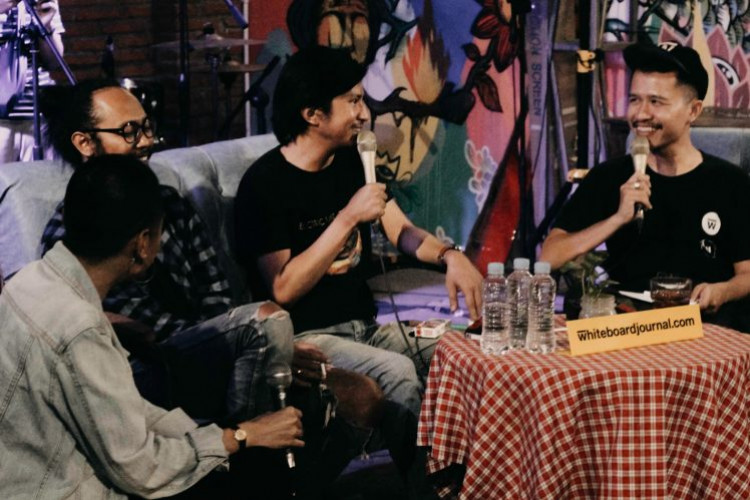Uniting Graphic Designers with Zinnia Sompie
Mariati Galatio (M) talks to Zinnia Sompie (Z) of Asosiasi Desainer Grafis Indonesia.
by Ken Jenie
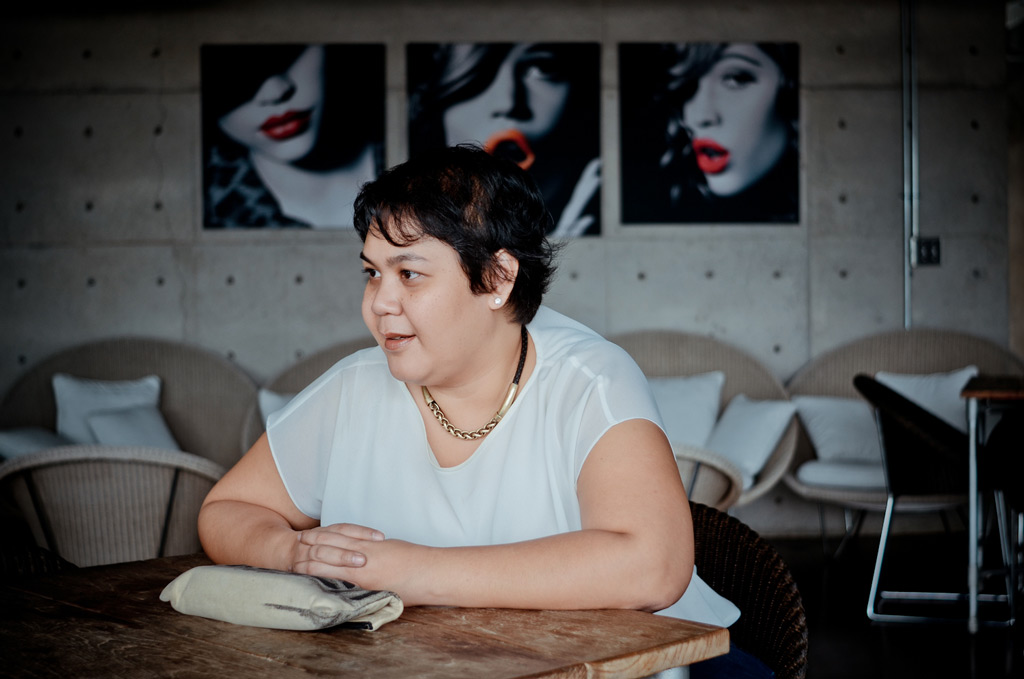
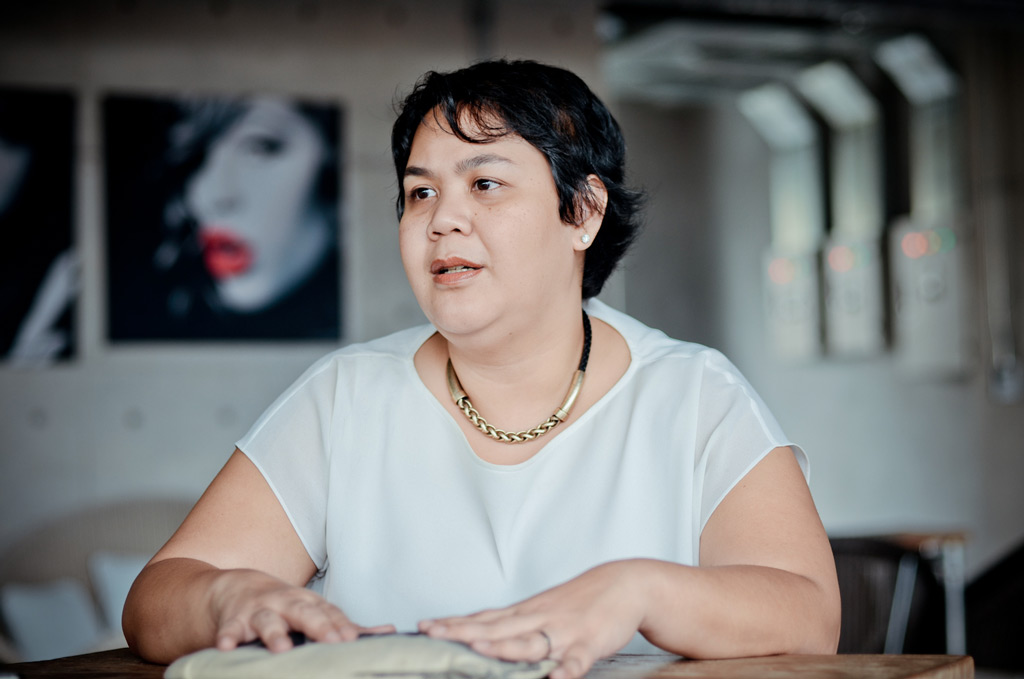
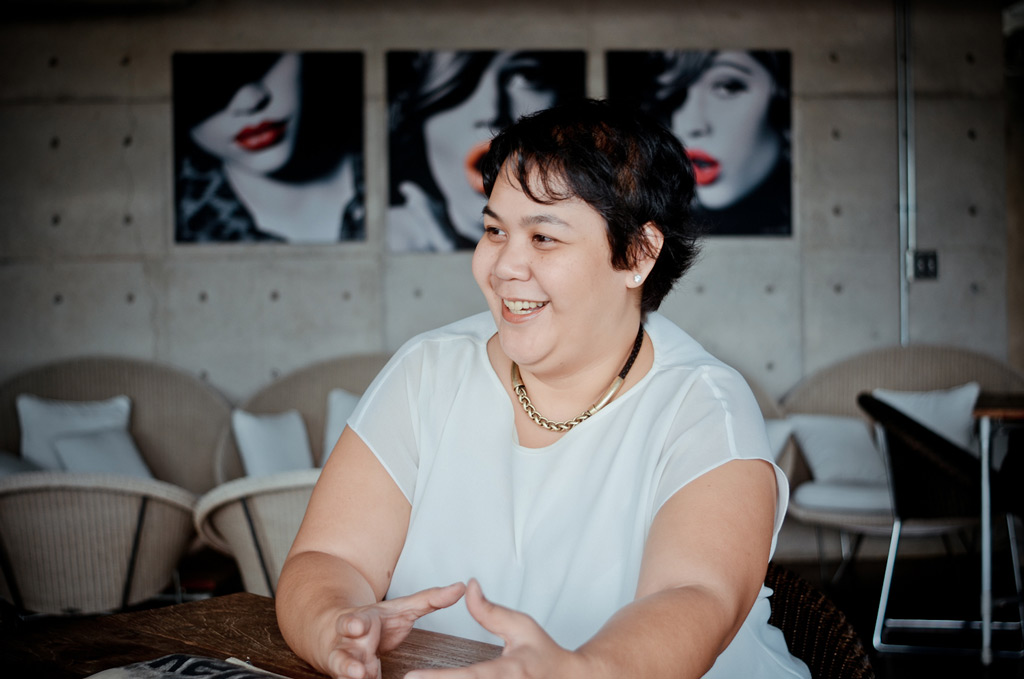

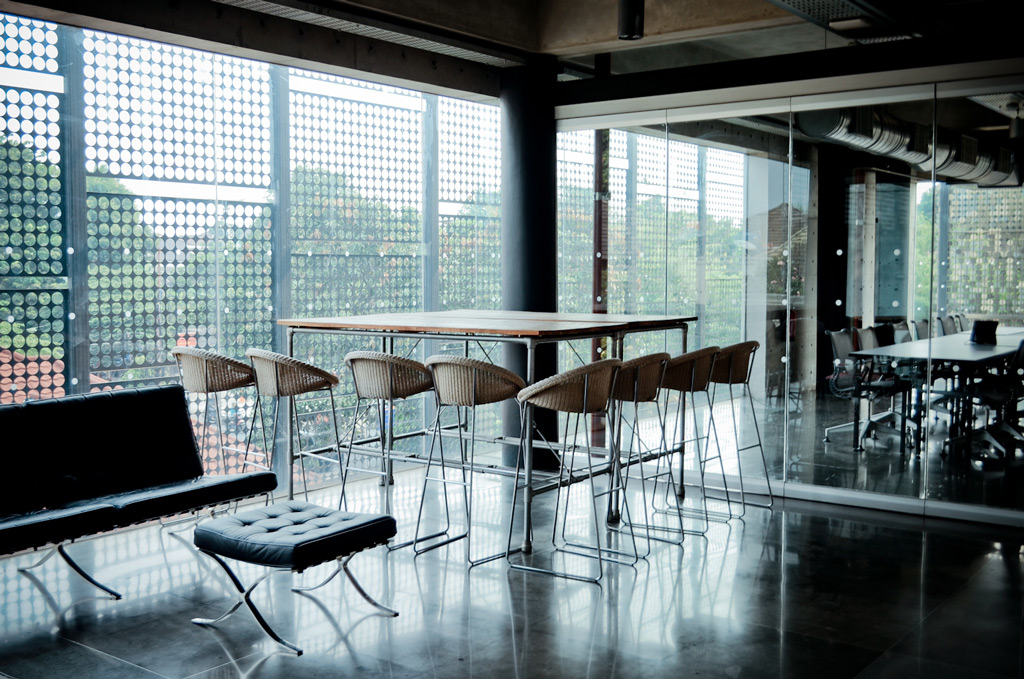
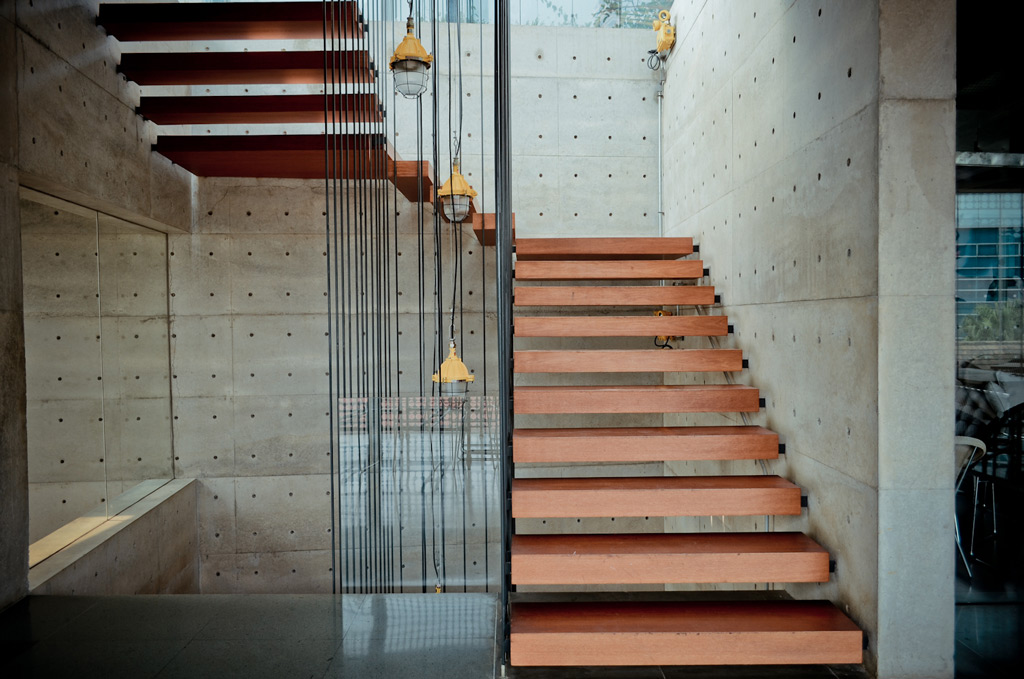

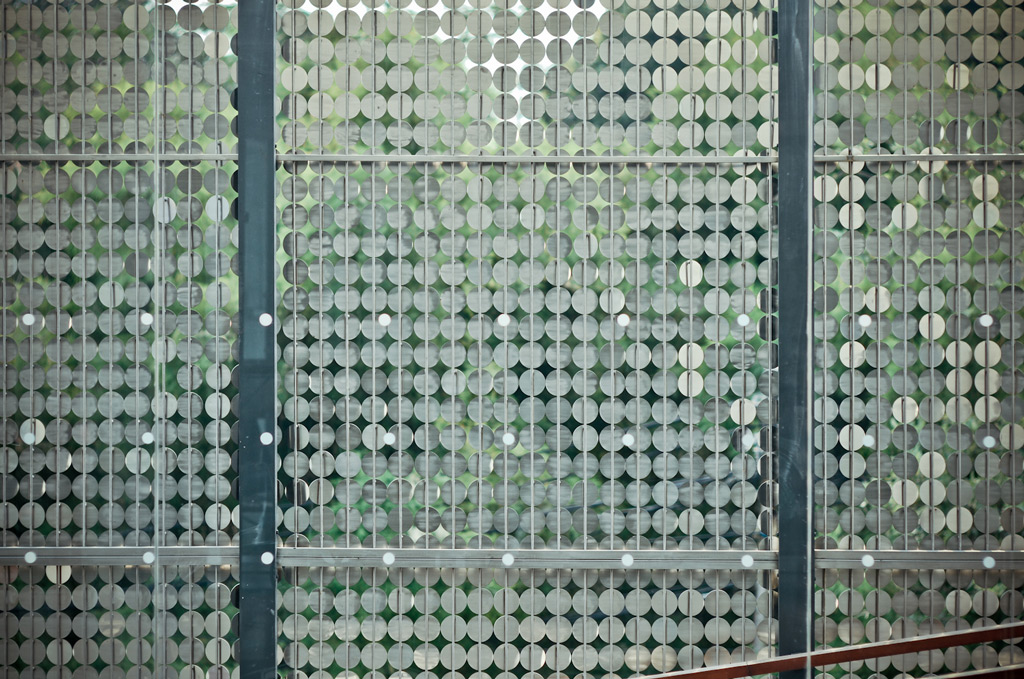
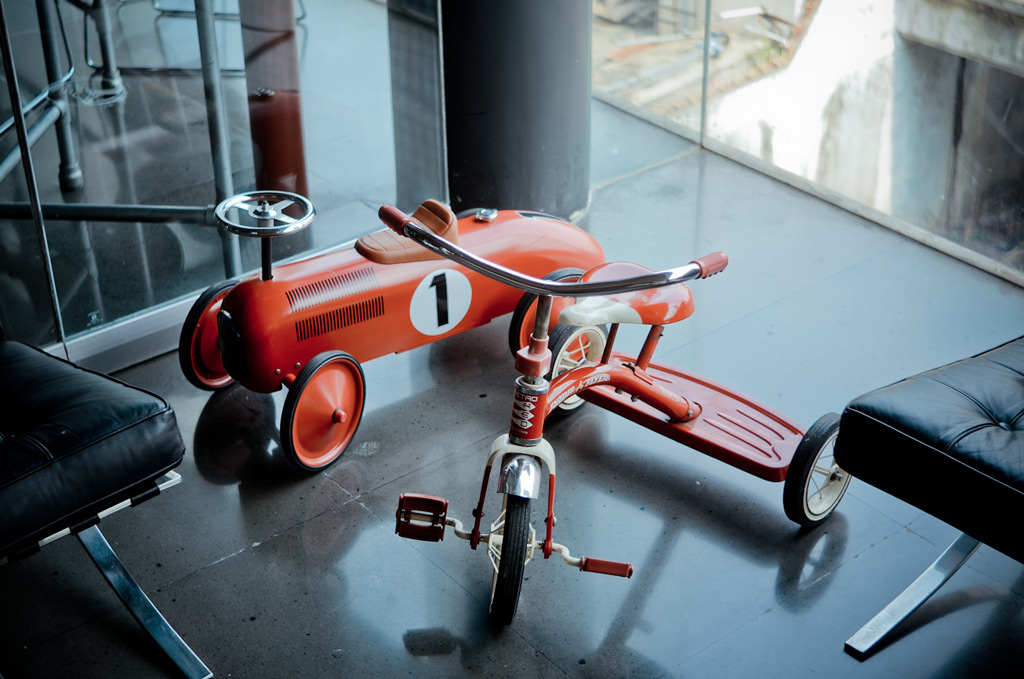
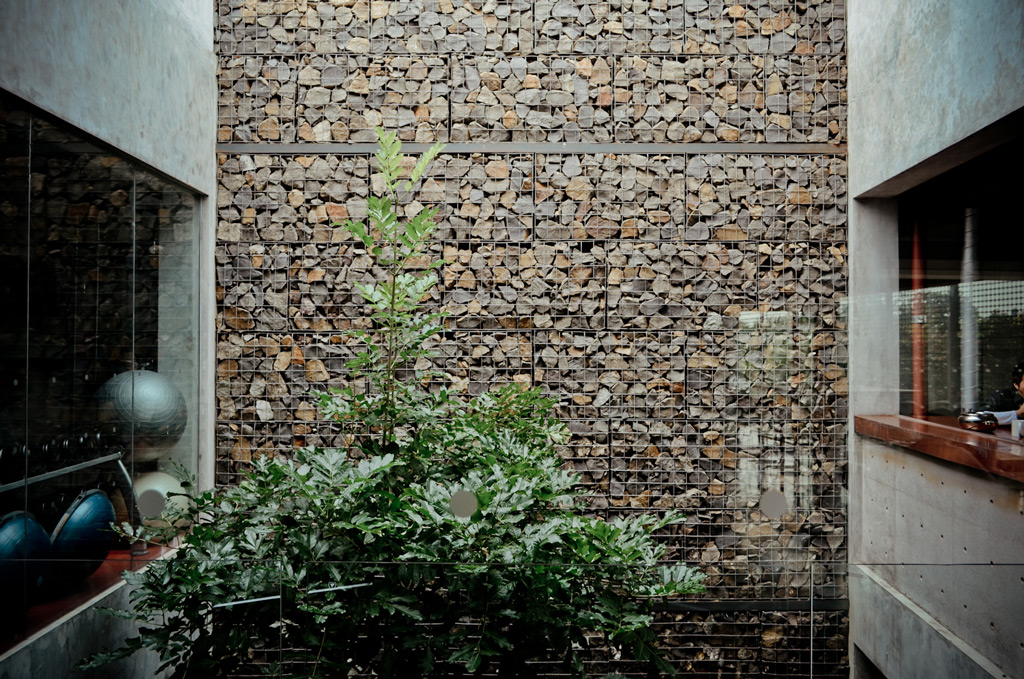
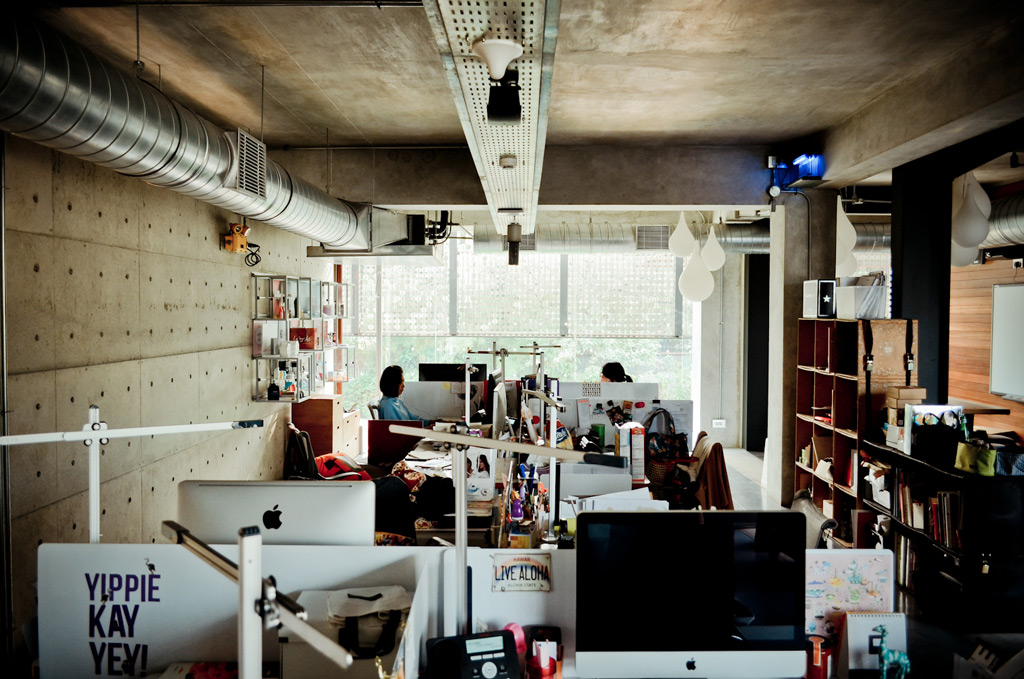
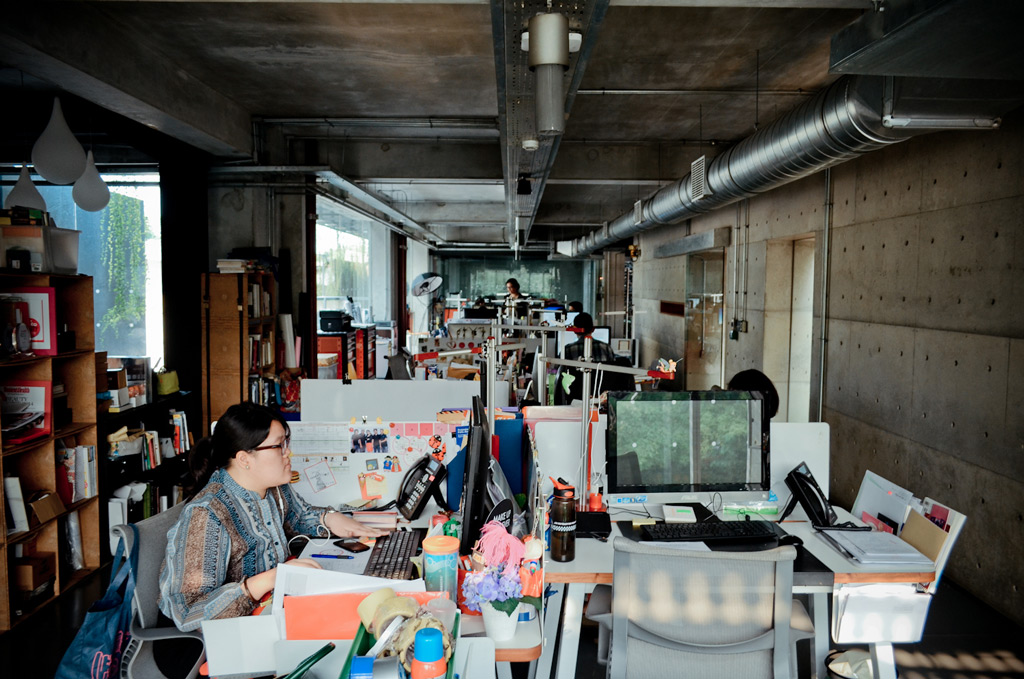
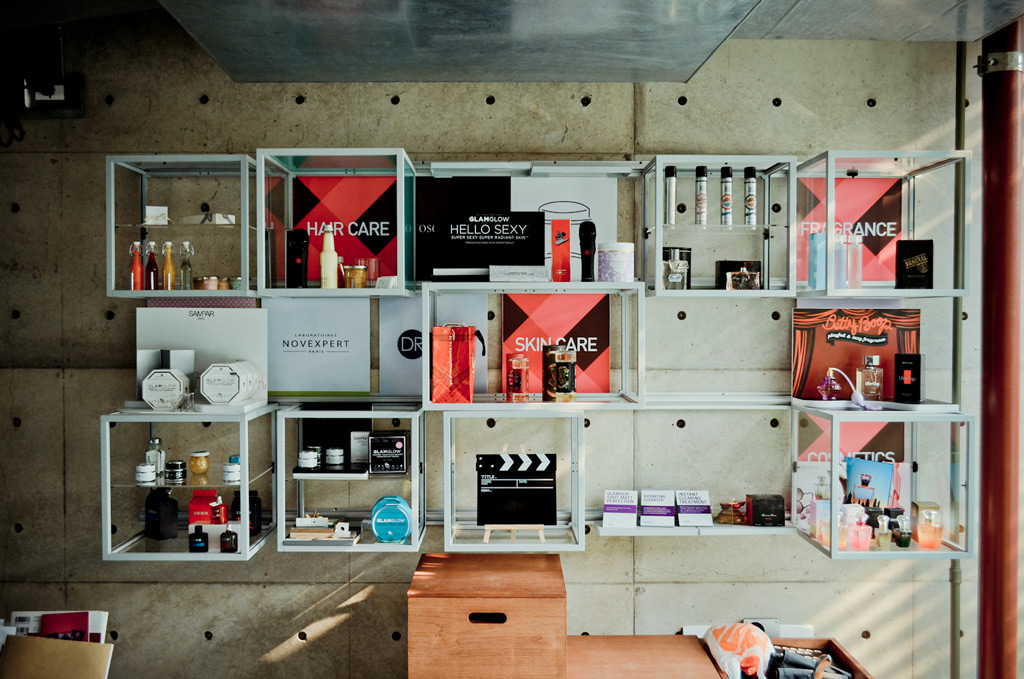
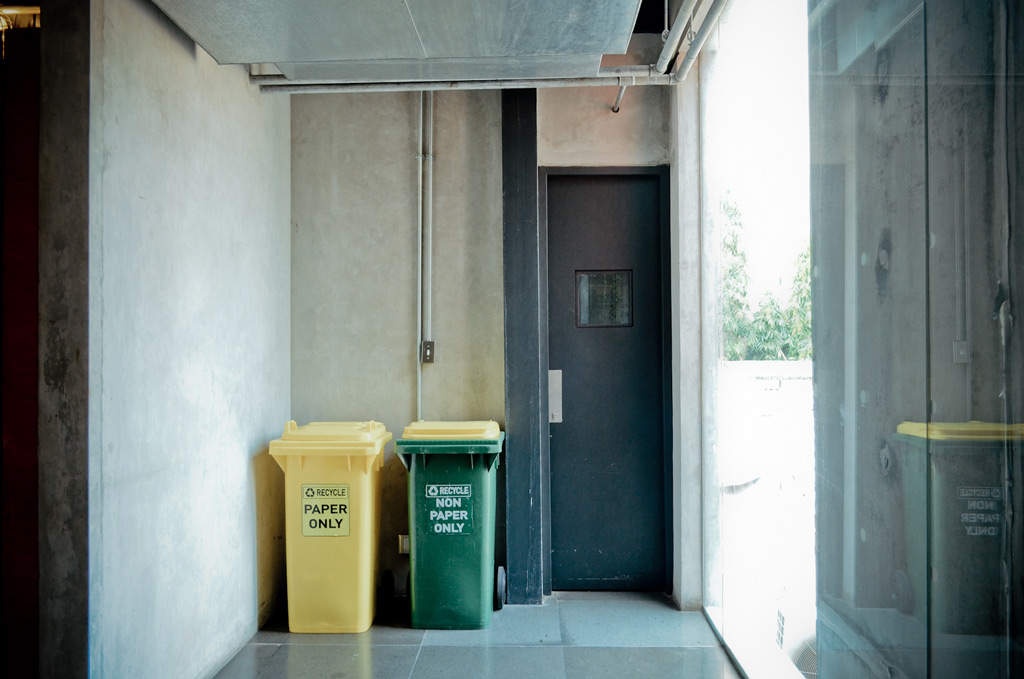
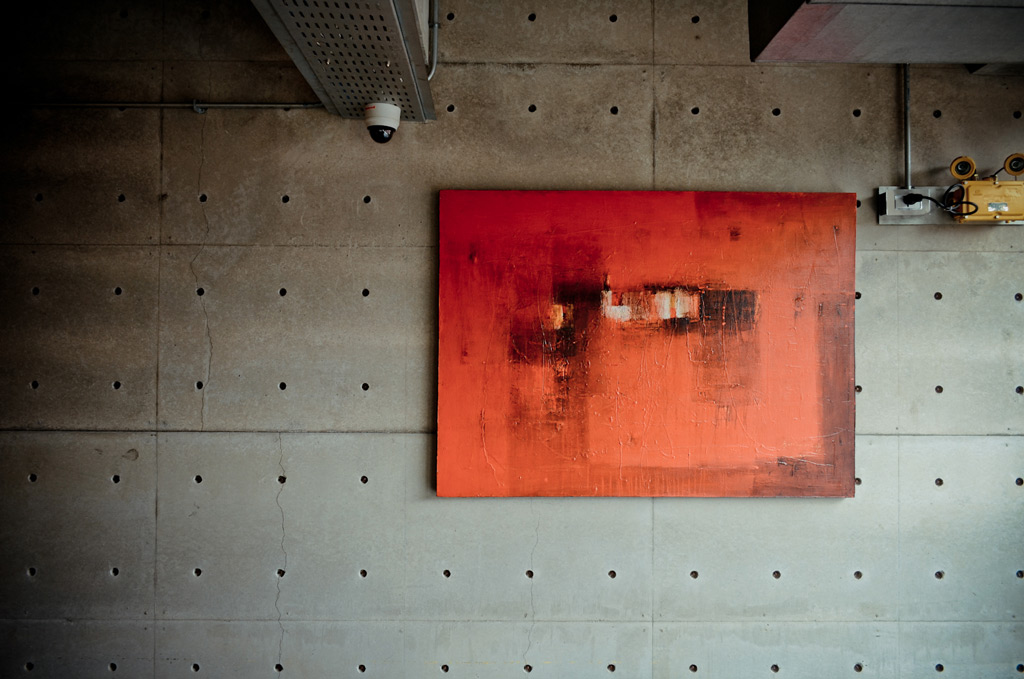

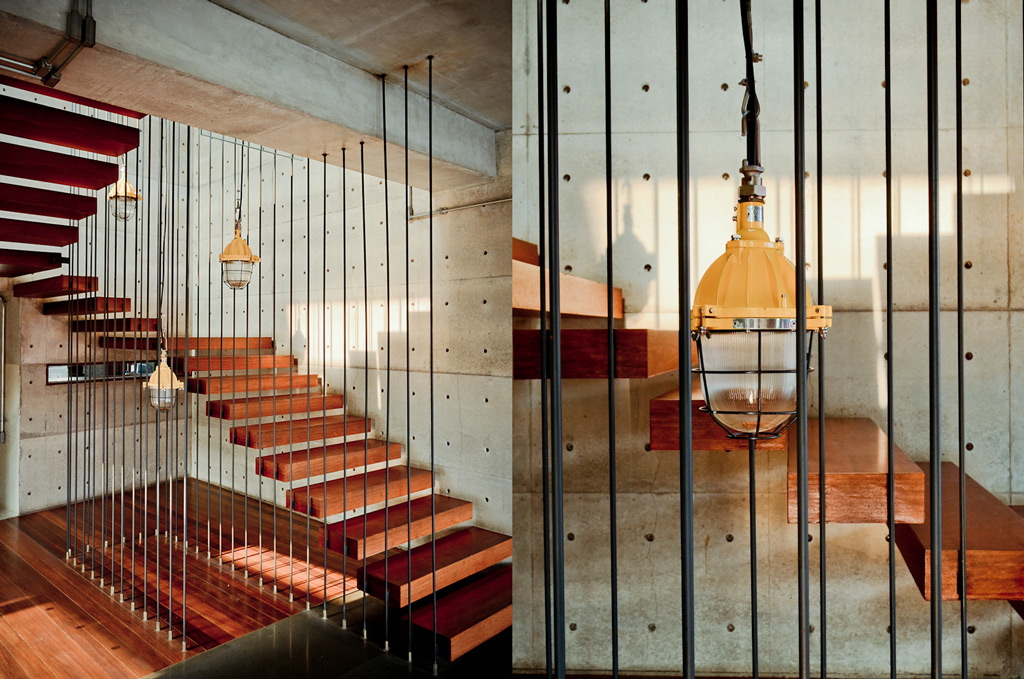
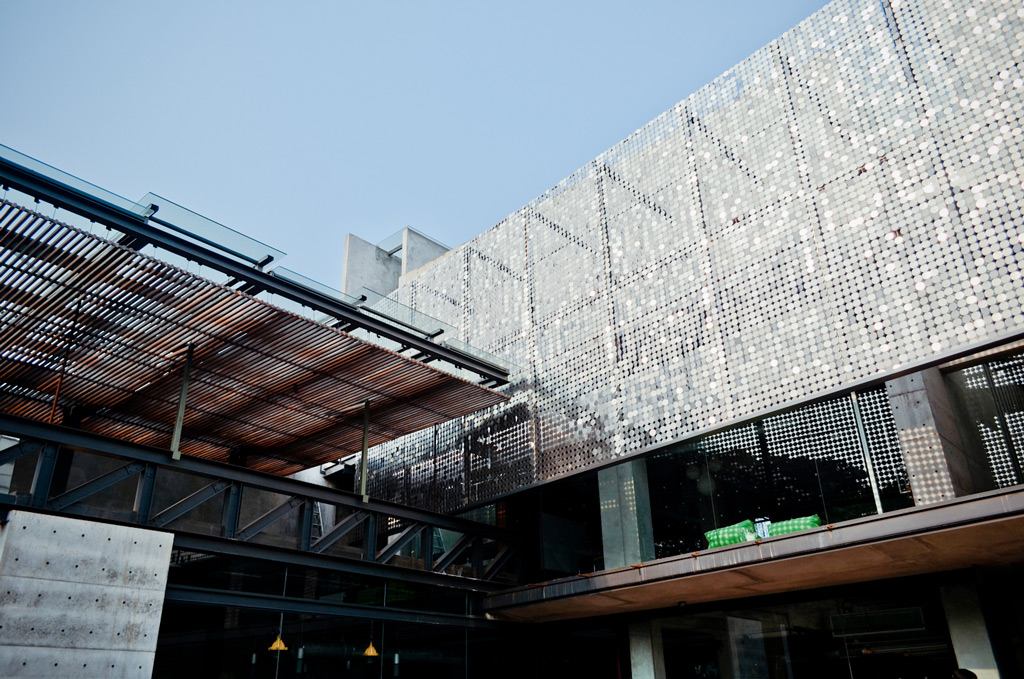
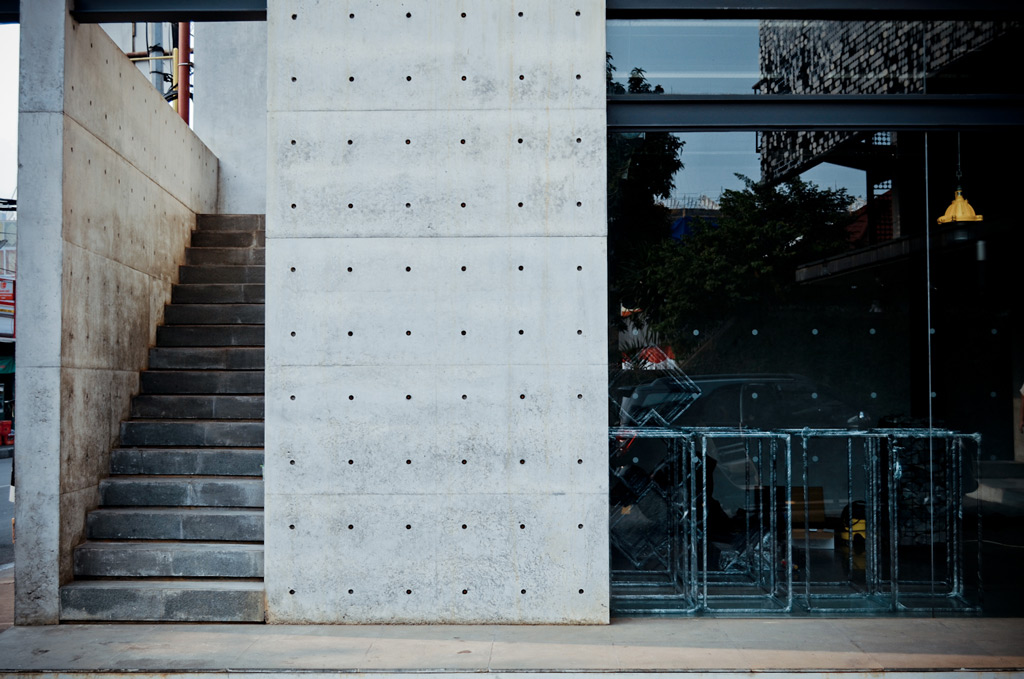
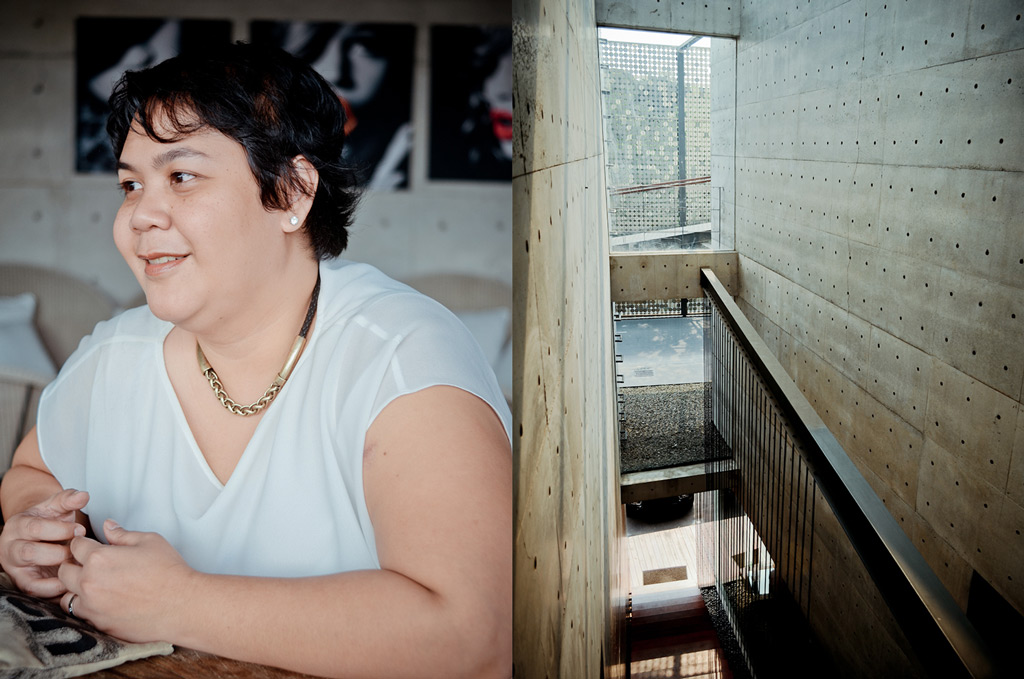
M
Could you tell us a bit about your background, and how did you became involved in Asosiasi Desain Grafis Indonesia (ADGI) in which you are the chairman?
Z
I went to school in the [United] States, and though I wasn’t too sure I wanted to be a designer, I did take design in the Art Institute of Seattle for two years. While studying I realized that this could be something that I want to do with my life, so I went back to school for my bachelors in New York. After graduating, getting a job was quite difficult in New York so I went back home to Indonesia.
My first job was at a magazine where my salary was only 700,000 Rupiah-per month. The pay was quite low, but I enjoyed working in publication, so I moved on to make Neo Magazine, and after that made a magazine called Djakarta! – both magazines do not exist anymore. I went on to work at a couple of design studios before creating yet another magazine called PS Magazine.
I suppose because my name was in a magazines people got to know who I was. The combination of a small design community, being a woman, and working for magazines that weren’t mainstream helped me get my name out there, and I was approached by friends who wanted to revive ADGI – that was around 2002.
ADGI has been around since the 1980s, but has been non-active. My friends brought the idea of creating a community, that we should unite as designers. I thought it was a great idea but I couldn’t be involved because I had to go back to school in Japan.
In 2006, I returned from Japan and ADGI was already active. I was teaching in a school when a fellow instructor told me I should join ADGI. I replied that I knew ADGI, and said that it doesn’t exist (laughs), he said “it exists, it’s active now.” (laughs)
So I joined and had the chance of meeting designers in the community.
ADGI’s goal has always been to protect the industry, develop the designers, and have a solid community of designers. Of course it’s easier said than done – the policies and nature change, and there was politics within the organization. After 2010, ADGI’s activities died down – no one believed the benefit of being part of the community.
M
What would you say were the benefits of being in ADGI?
Z
I was involved in ADGI for quite some time as a member. Because of that I met a lot of designers; people I can collaborate with; and also friends I can just hang out just for the hell of it – that I see as a benefit, but many do not see it that way. People want to see the tangible benefit – what ADGI can give to them. People want and see different things, and of course ADGI could not accommodate all of them.
M
Could you give some examples of these differing point of views?
Z
For example, in Bandung designers told me that the problem is a lack of jobs, in Pekan Baru would be how to design, in Yogyakarta they would say that design and art are the same thing, in Bali the designers want to protect their jobs from foreign designers, and in Jakarta they say they are professionals and are concerned with what they can get from clients. I am worried about the design industry because if it does not unite, the problems in the industry will never be solved – policies will never be passed.
In 2012, the Ministry of Creative Economy started to grow, and graphic design is not considered as part of the subsectors, which is curious because graphic design is a creative industry that deals with multiple sectors of most industries. Everything from product labels, signage, and company profiles, packaging – every industry needs designers.
There are no famous Indonesian design heroes – like when you talk about architecture Andra Matin’s name pops up. Graphic design isn’t an art where you can put your name on the product, so networking is very important. It would be a shame if designers do not know each other.
M
With ADGI, the goals for designers all over Indonesia is to know each other?
Z
Yes, that comes first – we should at least get to know each other.
M
And how would you network with the designers if they are so spread out?
Z
It always starts with word of mouth, individuals have their networks. We are planning to make a member directory, hopefully when other designers see it they will respond by submitting their work.
M
Is that part of the new ADGI program?
Z
Yes, we want to let people know that we are back and we are going to do a lot of new things, including designer mapping. Hopefully if we can create a member directory people can submit their work and, at first, promote themselves within the organization. What we want to do with the designer mapping in the future is bring it to government bodies so they will know us too. This I hope will bring a greater awareness of the design talents in Indonesia.
M
You are now the head of ADGI.
Z
Yes, I am the chairman for the period of 2014-2016.
M
Could you tell us the process of how you became the chairman?
Z
I was a member from 2006, about 2008 until 2010 I became director of the education program, to be frank I didn’t do much there. 2010 until 2012, I was the International Relations and Inter-sectoral Director, which gave me the opportunity to meet other sector’s associations such as interior designers, architects, lighting and foreign graphic design association such as THAIGA in Thailand and ICOGRADA, the international association for graphic design. We developed a good network, but unfortunately after developing the relationship I did not know what to do. Now with AFTA (ASEAN Free Trade Area) and a better Ministry of Creative Economy, hopefully our network will be stronger.
M
I imagine that in the future, ADGI would be involved in project such as the Transjakarta Logo-design competition that is happening now.
Z
Yes. We should have been involved in that project, but we are not because the government doesn’t know us – I can’t blame them, we do need to introduce the community to them. First, though, we have to build this community.
I personally believe that an association cannot grow if the members are not active. The committee may be active, but without the support of the members what can we really do? We would will still advocate policies, but it would be much better if we had the support of a community.
M
You emphasized that ADGI is a community where designers can network and make friends, how would you answer to the people who want to know what tangible benefits they can receive?
Z
After building the network is when we can create change. With AFTA right around the corner, if we do not create a standardization and regulation, there will be a mess. For example: school graduates. There are a lot of schools with the DKV major (Desain Komunikasi Visual) and they have many graduates. These fresh graduates create design firms, so there are a lot of small design firms, and with so many firms we should have a standardization regarding the code of ethical design, protection for intellectual property, price – very simple things.
M
Is there a standardization of price/rate?
Z
No, there are no rules regarding such things. Right now, what exists is a price war. Wouldn’t it be nice if one day 3 firms are pitching for a project, and because there is a standard rate you will be competing in terms of your creativity, not your price. It is the right of designers to set their price, but wouldn’t it be nicer if everyone had a standard.
Having guidelines will also help new designers, they can have a reference to the amount they should charge for a project.
M
What sort of support does the government provide for graphic designers?
Z
The government really doesn’t do much, and they should because designers contribute to the economy.
The government create exhibitions, meetings to create the blueprint for how to design – we don’t need that. What we need is the government to be involved in what we do. They still see design as an art – handicraft. The function of design – architect, interior, graphic – they do not seem to understand exactly what we do.
Here is an obvious example, the Ministry of Creative Economy created a large design exhibition, but most of the exhibits doesn’t fulfil the basis of design which is form and function – most of the work displayed leaned more towards art. I’m not sure where the problem lies, perhaps it is in the briefing, but this lack of understanding of what design is prevents them from giving a significant contribution.
It will hopefully change in the future, but for now, it is better for you to do it yourself.
M
With Jokowi becoming the president-elect and his promise to develop the creative economy, do you think there will be more support from the government?
Z
I hope so. I think all sectors of the creative economy have to unite first because Jokowi has a lot on his plate so you can’t expect him to cater to us. We have to be the one that suggest and bring him concrete ideas on how we are part of the creative economy – that we are not artists or handicraft makers – that we make money and contribute to the GDP in this sector. Graphic designers have to collaborate with interior designers, architects, product designers, animators, photographers, illustrators. It’s a calling to everyone in these fields to get together, determine what constitutes a creative economy, get factual datas, coordinate among each other in order to present to the government that this is a growing industry.
M
What do you think is the state of graphic design in Indonesia?
Z
Individually, we’re good. I actually asked the same question to a senior graphic designer and he said it’s not that great. During his time, him and his colleagues have more work and their names are more recognized overseas. You don’t hear a lot about that at the moment. There are a few that are actively participating in exhibitions and put our profession on the map. They are also not promoting themselves enough. That’s what we’re hoping to do as well in ADGI, to help them put their names out. I have a few Indonesian friends in New York who are excellent graphic designers but even that, only a handful of our local designers know them here.
M
As an educator, what do you think of the design education here?
Z
There are a lot that need to be fixed from the education system here. My teaching experience in 2002 and now is very different. The contrast is in the attitude of the students. Newer students tend to take things for granted because they have easy access to wide variety of references through the internet. They also tend to do less manual work with the availability of online tools and enhanced applications.
The education system did not anticipate that. We used to have to learn design thinking and use tools. Nowadays, tools are not as essential because there are many applications that can accomplish that. Also, the kids tend to give up more easily. They don’t put too much thinking behind the design. They would use wikipedia as their source of reference but that’s not enough. This is actually a problem across the board in education. I have a friend who teaches Sociology and she encounters similar problem. Technology has become so readily accessible that it makes the kids more lazy. That’s why the education system needs to have a change, be it in the curriculum or the educators in order to catch up. The harder part is to change the way you teach. We often get approached to do lecture on lecturers so the lecturers get re-educated on the current happenings.
M
What are the improvements you would like to see in Indonesia in regards of graphic design?
Z
The easiest one is I hope to have more design heroes so more people will know what we actually do. Sure, the field is more known now than in my time. Parents are more willing to enroll their kids in graphic design but do they (the parents) really understand the subject? I hope the improvement is that people have better understanding about what we do because what we do daily contributes to your daily life such packaging, ads, signage, even political posters. A comprehensive realisation is what I’m hoping for. Other improvements would be, as I mentioned before, designers need to get together and build networks among us. Also, to collaborate more with different field of work. Leave your comfort zone, don’t stay too long in the office, do something more design-y (laughs)
M
Where can people find more information about ADGI and what’s in store for the future?
Z
For now, we’re in the process of launching our website (laughs) at www.adgi.info, The next step for us is to do policies in order to prepare ourselves for AFTA in 2015. Also by next year, we are definitely going to publish 3 books on pricing guidelines, code of ethics, and designer mapping. On a less serious side, we hope to do more gathering events.






